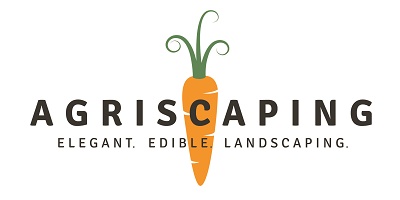Mastering Artificial Light for Faster Growth and Bigger Harvests Indoors
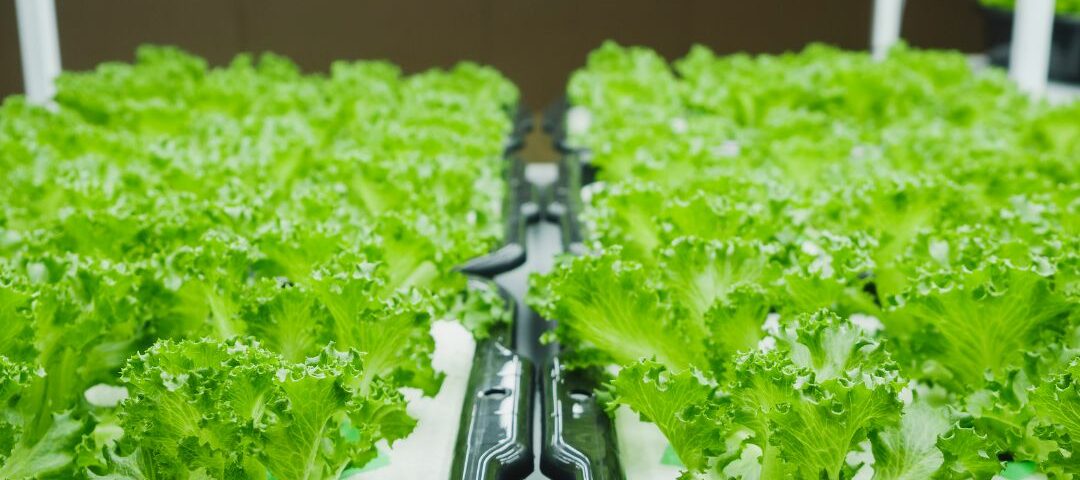
Indoor gardening opens up a world of possibilities, allowing you to grow fresh fruits and vegetables year-round. Whether you’re cultivating tomatoes, peppers, or cucumbers, artificial lighting plays a crucial role in ensuring strong, productive plants. Understanding the right type of light and how to use it effectively can dramatically improve your indoor gardening success.
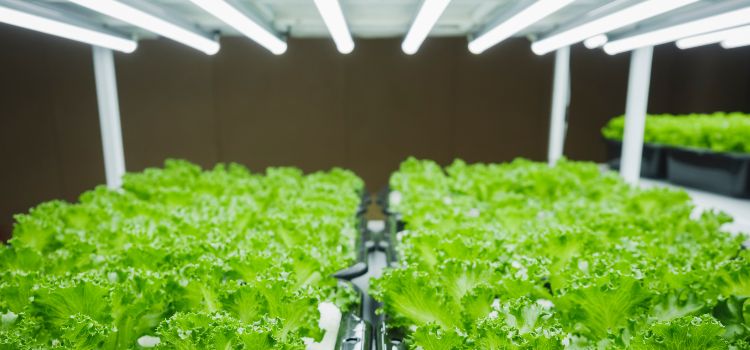
Choosing the Right Light for Indoor Gardening
Unlike outdoor gardens that rely on sunlight, indoor plants need artificial light to thrive. However, not all artificial lights are created equal. The best lighting for growing food indoors isn’t the bright white light we typically use in our homes—it’s an off-colored light, often with a purplish hue. While this may be visually different from what most people expect, these specialized grow lights provide the optimal spectrum for photosynthesis and plant development.
If purple grow lights aren’t your preference, aquarium lights are another excellent option. These lights offer a full spectrum, providing plants with all the wavelengths they need for healthy growth. To maximize effectiveness, place these lights about two inches away from the leaves—this prevents plants from growing too tall and weak, keeping them sturdy and compact.
How Artificial Light Accelerates Growth
One of the biggest advantages of indoor gardening is the ability to control lighting duration. Outdoor plants rely on natural daylight cycles, but indoor plants can receive extended or near-constant light exposure. Providing almost 24/7 light dramatically increases a plant’s nutrient density, digestibility, and overall size. In fact, indoor-grown vegetables can achieve growth rates 20–50% faster than those grown outside!
The Science Behind Enhanced Growth
Adding more artificial light doesn’t just accelerate plant growth—it enhances nutrient uptake. This phenomenon mirrors what happens in Alaska, the land of the midnight sun, where vegetables grow to record-breaking sizes. The region’s 24-hour sunlight, rich nutrient base, and abundant water contribute to the largest cabbages ever recorded. By replicating these optimal conditions indoors, you can achieve faster-growing, healthier, and more robust plants right in your own home.
Optimizing Light for Indoor Tomatoes
If you’re growing tomatoes indoors long-term, you’ll need to provide enough space, a sturdy trellis, and strong lighting. You can start seedlings in small containers, like six-pack trays, before transferring them into larger pots for full-cycle growth. If you plan to transplant them outdoors in the fall, begin growing seeds indoors in early summer (June/July) for a late July or early August transfer. Position your plants in a morning sun–afternoon shade microclimate (A microclimate) for the best results.
Pollinating Indoor Plants Without Bees
Since indoor plants don’t have access to natural pollinators, manual pollination is necessary for fruit-bearing plants like tomatoes, peppers, and cucumbers. You can easily replicate bee activity using a Q-tip or cotton swab—gently tickle inside each flower to transfer pollen. If you prefer a hands-off approach, introducing moths indoors can also help pollinate your plants, though most gardeners choose manual pollination to maintain a controlled environment.
Take Your Indoor Gardening to the Next Level
Indoor gardening is more than just planting—it’s about creating an elegant edible landscape in your home. If you’re ready to master the skills needed for successful indoor gardening, consider joining the Agriscaping Mastery Program, where you’ll learn 36 essential techniques to build a thriving indoor garden.
Embrace the power of artificial light, optimize your growing environment, and enjoy the benefits of fresh homegrown produce every season.

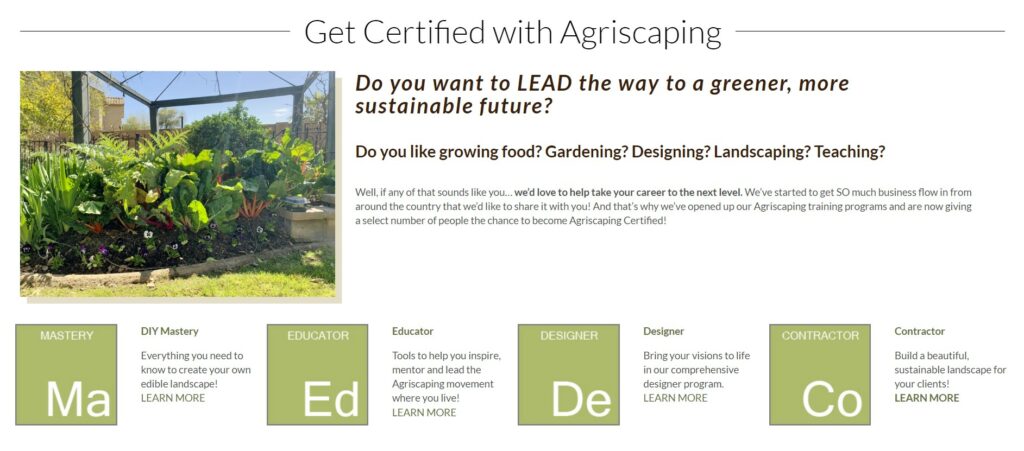
Read Our Latest Posts…
- Start the New Year with a Thriving Edible Landscape
 Expert tips for desert gardening, from plant zoning and efficient irrigation to soil care and agriscaping for a sustainable landscape.
Expert tips for desert gardening, from plant zoning and efficient irrigation to soil care and agriscaping for a sustainable landscape. - Understanding Freeze Pruning
 Expert tips for desert gardening, from plant zoning and efficient irrigation to soil care and agriscaping for a sustainable landscape.
Expert tips for desert gardening, from plant zoning and efficient irrigation to soil care and agriscaping for a sustainable landscape. - A Garden-Fresh Christmas: Agriscaping Tips for a Festive and Sustainable Holiday
 Expert tips for desert gardening, from plant zoning and efficient irrigation to soil care and agriscaping for a sustainable landscape.
Expert tips for desert gardening, from plant zoning and efficient irrigation to soil care and agriscaping for a sustainable landscape. - 7 Garden Design Themes for Your Elegant Edible Landscape
 Expert tips for desert gardening, from plant zoning and efficient irrigation to soil care and agriscaping for a sustainable landscape.
Expert tips for desert gardening, from plant zoning and efficient irrigation to soil care and agriscaping for a sustainable landscape. - Subterranean Trampoline Gardens: A Hidden Oasis for Growing and Playing
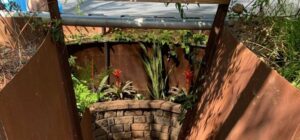 Expert tips for desert gardening, from plant zoning and efficient irrigation to soil care and agriscaping for a sustainable landscape.
Expert tips for desert gardening, from plant zoning and efficient irrigation to soil care and agriscaping for a sustainable landscape.
